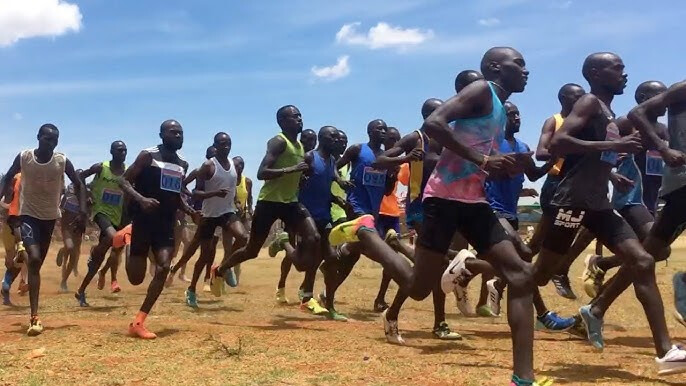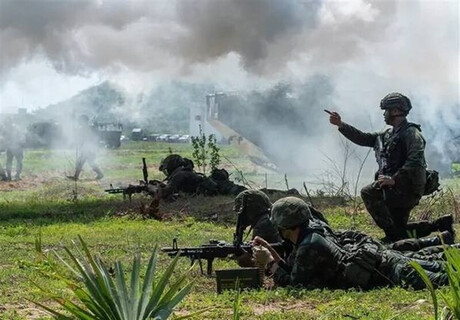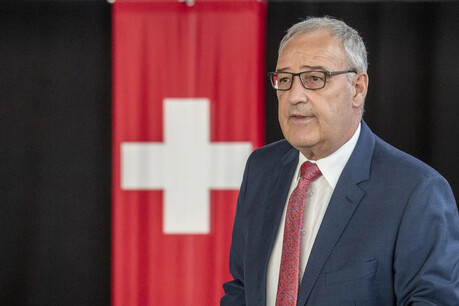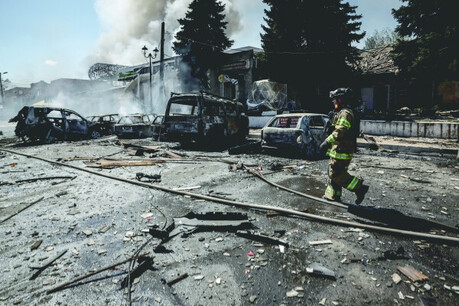
We remember the glory of Sohn Kee-chung at the 1936 Berlin Olympics, Hwang Young-jo at the 1992 Barcelona Olympics, and Lee Bong-ju at the 1996 Atlanta Olympics, and surely, South Korea possesses the qualities of a 'marathon powerhouse.' However, since the 2000s, the global marathon stage has become an exclusive arena for Kenyan and Ethiopian athletes. Their 'clean sweep' is even more pronounced in major prize-money races. As Kenyan athletes, alongside Ethiopian legends like Abebe Bikila, Mamo Wolde, and Haile Gebrselassie, dominated the world, people began to wonder, "Why are they so fast?" To find the answer to this question, a writer who loves marathons and studies exercise physiology and nutrition visited Kenya to uncover the secrets of the Kalenjin tribe. They discovered five key factors explaining why these athletes dominate world marathons.
1. Topographical Characteristics: The Result of Evolution Forged by High-Altitude Terrain
Behind the overwhelming prowess of Kenyan athletes lies unique topographical characteristics. Their homeland is a high-altitude region, elevated 2,000 to 3,000 meters, centered around the East African Rift Valley on the African continent. In this region, over 2,000 meters above sea level, the partial pressure of oxygen is 10-15% lower than at sea level. Over millions of years, adapting to a low-oxygen environment, their ancestors evolved through natural selection to have larger lungs and cardiovascular and muscular systems favorable for marathon running. In other words, they are genetically endowed with physical conditions optimized for modern marathons. This high-altitude training provides physiological advantages, such as increasing hemoglobin levels in the blood to maximize oxygen transport capacity and promoting mitochondrial development to enhance energy efficiency.
2. Life Force for Survival: Humanity's History of Enduring on Minimal Food
The diet of Kenyan marathoners is surprisingly simple. Their ancestors, who had to survive in harsh natural environments, had to persist with small amounts of food. Today, Kenyan athletes primarily consume Ugali, a steamed corn flour dish, cooked vegetables, and Kenyan tea. Occasionally, they eat Chapati, a thin wheat bread, but meat consumption is uncommon. A single meal amounts to only 400-500 kcal. While it may seem like an imbalance between caloric intake and expenditure from an exercise nutrition perspective, they have evolved so that eating less has become a genetic trait, allowing them to achieve high efficiency with minimal energy. The fact that most athletes engage in agriculture or low-wage labor, enduring rigorous training in impoverished conditions while dreaming of future glory, is connected to this survival instinct.
3. Body Type and Constitution Optimized for Marathons: Efficiency Forged by Evolution
Having survived in harsh environments for a long time, Kenya's Kalenjin tribe is born with a body type and constitution advantageous for middle and long-distance marathons. They naturally have less lower-body muscle mass, allowing them to efficiently produce energy by oxidizing fat with less oxygen. Notably, the proportion of slow-twitch muscle fibers (Type I, red muscle), which are specialized for endurance exercise, is exceptionally high at 70-80%. Slow-twitch fibers give them the ability to run for long periods without fatigue. Furthermore, they have narrow hips, small and short heads and torsos, and relatively slender and long limbs, meaning they weigh less and have a longer stride for the same height. This physical structure is the result of 'marathon-optimized' evolution, helping them run efficiently and economically with less energy.
4. Mental Fortitude: Desperation and Strong Will Towards Success
Kenyan athletes are armed with strong motivation and confidence, seeing their predecessors and colleagues achieve wealth and fame through marathons, thinking, 'I can do it too.' For them, marathon running is not just a sport but the only escape and opportunity for a successful life out of poverty. Therefore, they run with a desperate desire to win in their hearts. Old training clothes and shoes are not important. They consider a body hardened by intense training as their greatest asset rather than the latest equipment for setting new records. This mental fortitude is the driving force that enables them to overcome extreme training and perform at their best.
5. Competitive Training Environment: Strong Athletes Forged by the Camp System
In Kenya, accommodation and training facilities for aspiring athletes are well-established. Here, numerous athletes train together, naturally creating a competitive atmosphere. As they stimulate and motivate each other and dedicate themselves to training, athletes who fall behind in the competition are eliminated from the camp. This 'survival of the fittest' system ensures that only the strong survive and become even stronger. A structure where top-level athletes gather and train together, continuously improving their skills, is one of the key factors enabling Kenya's sustained success in marathons.
In conclusion, the astounding records of Kenyan marathon runners are not merely the result of effort. They are the result of a complex interplay of genetic superiority forged by millions of years of evolution, survival skills learned in harsh environments, physical conditions optimized for marathons, and an indomitable spirit and fierce competitive environment aimed at success. Their story is an interesting case that goes beyond mere sports, showcasing the history of human survival and evolution.
[Copyright (c) Global Economic Times. All Rights Reserved.]






























